By Rick VanSickle
Looking back at the rich legacy of Pillitteri Estates Winery, the family’s patriarch says, “I never dreamed 30 years ago that we would get to this extent.”
Note, also in this report: Why can’t the LCBO send a simple email? It’s frustrating. Plus, a trio of new top wines from Henry of Pelham.
Gary Pillitteri, founder of his namesake winery in Virgil, was standing on a stage last Friday surrounded by several generations of his family celebrating three decades of building a business that continues to be operated by the family to this day.
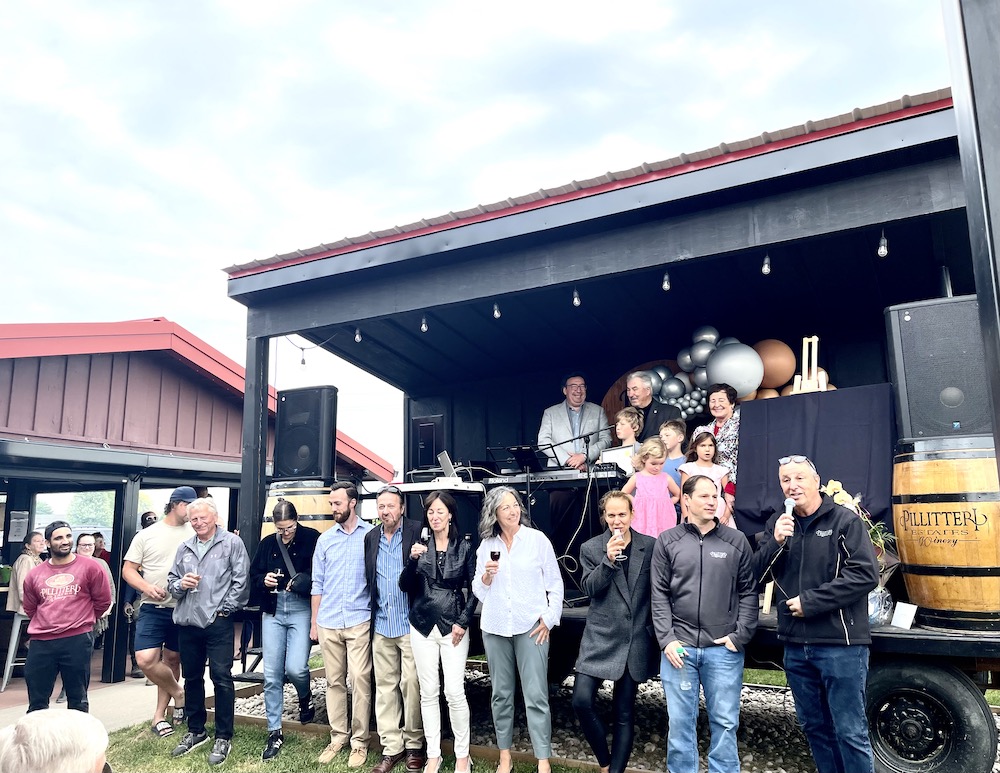
Dignitaries, Pillitteri vineyard workers and staff, friends, and more family than could be counted, gathered to share wine, oven-fired pizza from the estate’s BarrelHead restaurant, stories and, of course, share a glass of wine to celebrate all that has been accomplished by a family who risked everything when they leave Sicily to build a new life in Niagara.
Niagara-on-the-Lake Lord Mayor Gary Zalepa said the Pillitteri anniversary represented an “amazing legacy that your family and business has left.” Zalepa was one of several politicians to attend the event, including regional councillor Andrea Kaiser and NOTL town councillor Wendy Cheropita.
In 1948, Gary Pillitteri, at age 12, and his father, set off to establish a new life for the family in Canada. They settled in the Niagara area and shortly thereafter were joined by the rest of the family.
In the summer of 1957, Gary Pillitteri was introduced to Lena Agro, a young girl whose family was from the same town in Sicily as the Pillitteri family. On June 18 of 1960, Gary and Lena were married. Their family soon flourished. They welcomed their first born, Connie, on Sept. 23, 1961. They welcomed their second child, Lucy, on Feb. 23, 1963, and they welcomed their third child, Charles, on Aug. 2, 1964.
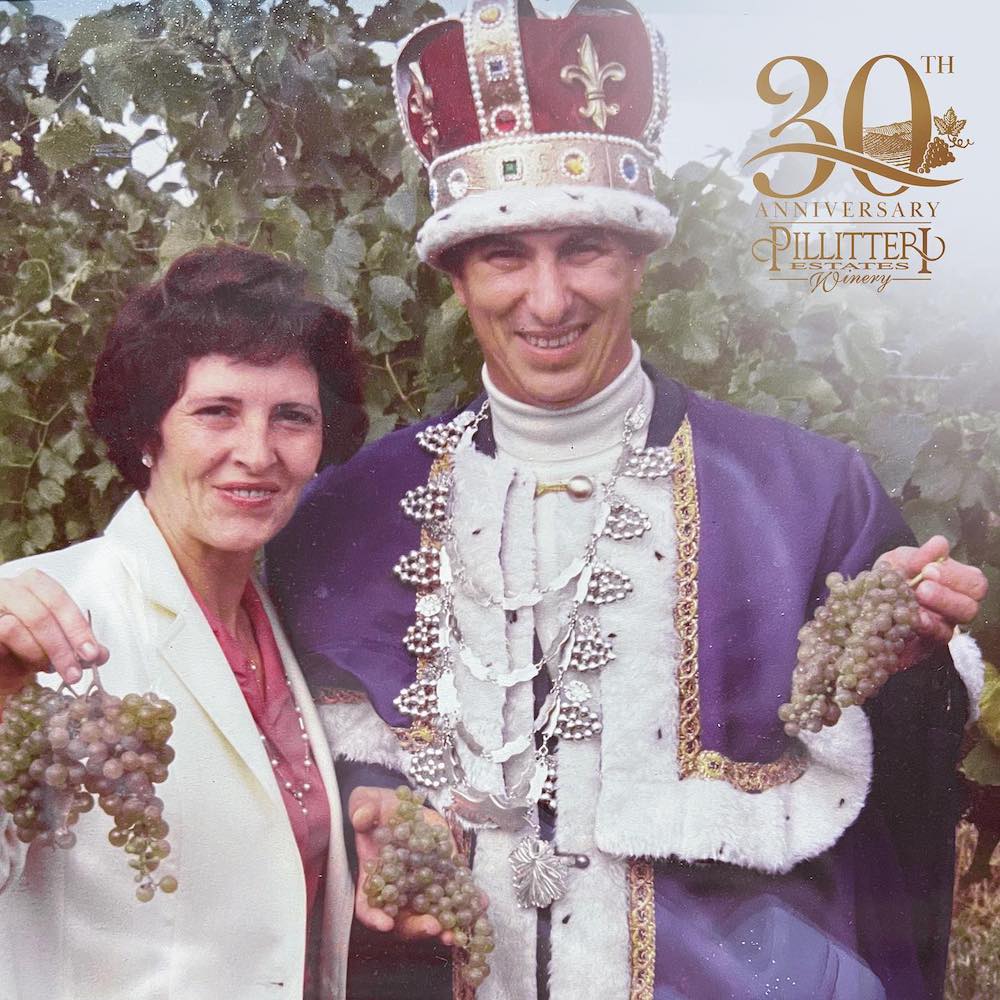
On Dec. 15, 1965, the Pillitteri family purchased a small fruit farm on Niagara Stone Road. The land was planted to tender fruit (peaches, cherries, pears, plums, prunes, apples, and grapes) and vegetables and in 1973 they opened Gary’s Fruit Market (which still operates today in the east wing of the winery).
The Pillitteri Estates Winery opened its doors in June of 1993, the culmination of a lifetime dream. Since arriving in Canada from his native Sicily in 1948, and through many years as a grape grower in Niagara and amateur winemaker, Pillitteri’s goal was always to open his own winery.
The turning point took place five years earlier when Gary won a gold medal for his Icewine at a Niagara amateur wine competition. He knew then that he could make his dream come true. But he had been thinking about early retirement and could only build a professional and high-quality winery with the expertise and full commitment of his family.
Pillitteri Estates Winery is truly a family enterprise: Pillitteri’s son Charles is CEO and president of sales, daughter Connie is CFO and president of operations, daughter Lucy is CMO and president of marketing, son-in-law Jamie Slingerland is director of viticulture while grandsons Richard and Jared are the VPs of sales and export manager respectively.
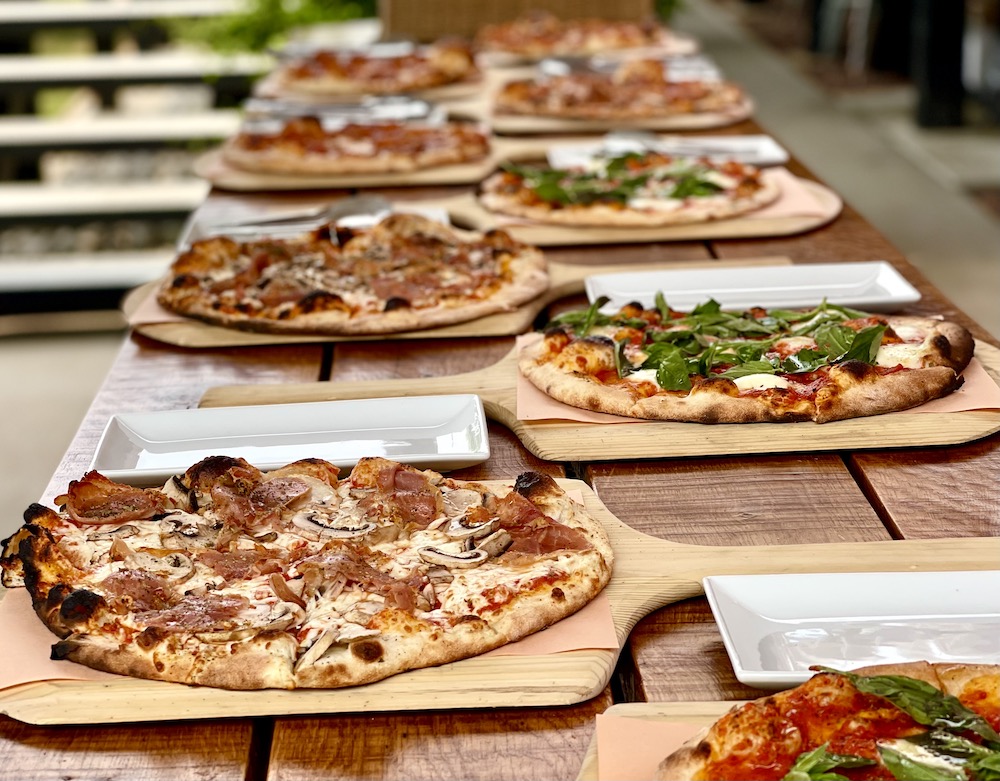
Today, the grapes are harvested primarily from the family’s vineyards of just over 100 acres, planted with vinifera and French hybrid grape varieties. Every member of the Pillitteri family has worked on the farm and at the winery.
I have followed the Pillitteri story for many years, while living here and even before that, and I have always been amazed at how a larger operation such as Pillitteri could so quickly pivot when unavoidable circumstances occurred. When the icewine market came to a standstill, Pillitteri’s biggest export was in peril. The winery weathered the storm and today, the U.S. is now their biggest market outside of Canada.
During COVID, the winery also had to come up with creative plans to get their wines into the hands of consumers while they were basically grounded for two or more years. An aggressive strategy to sell affordable wines in cases of 12 (with free shipping) became a trademark of the winery and carried them through the lean times that most local wineries were experiencing.
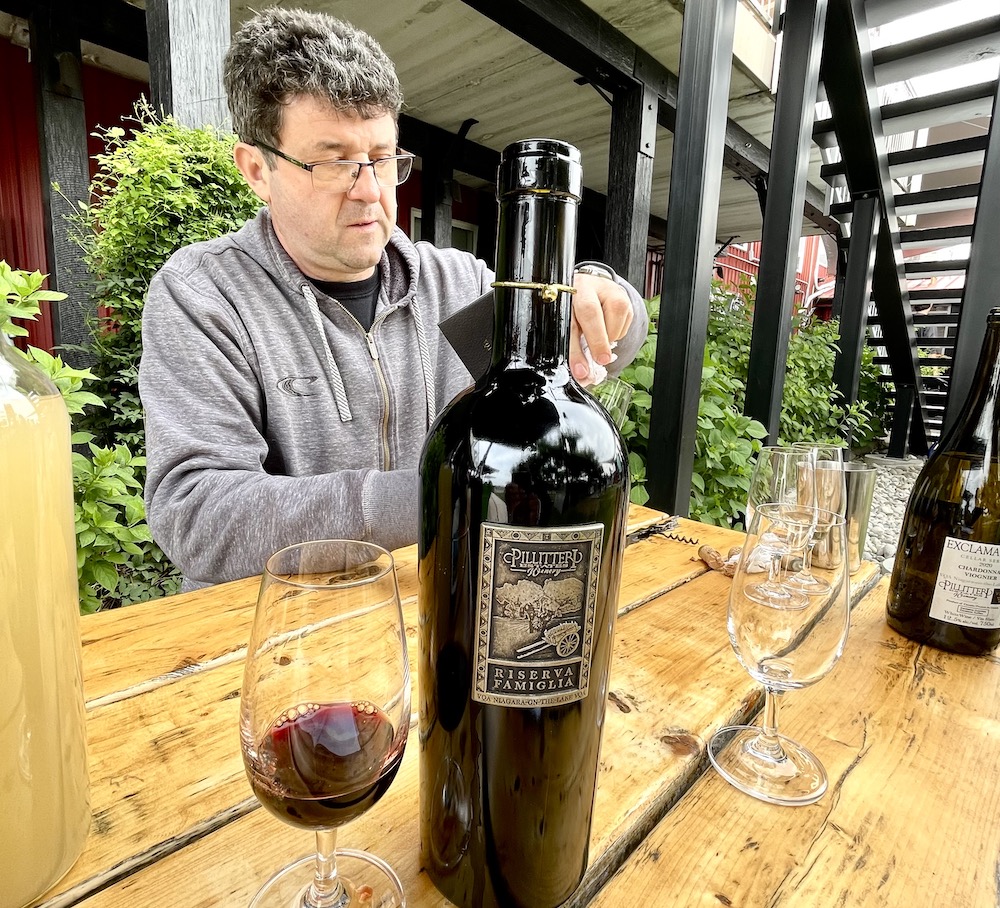
I tasted a range of wines with winemaker Aleksandar Kolundzic (above) while we waited for the 30th anniversary celebration to get started. Here’s what I liked:
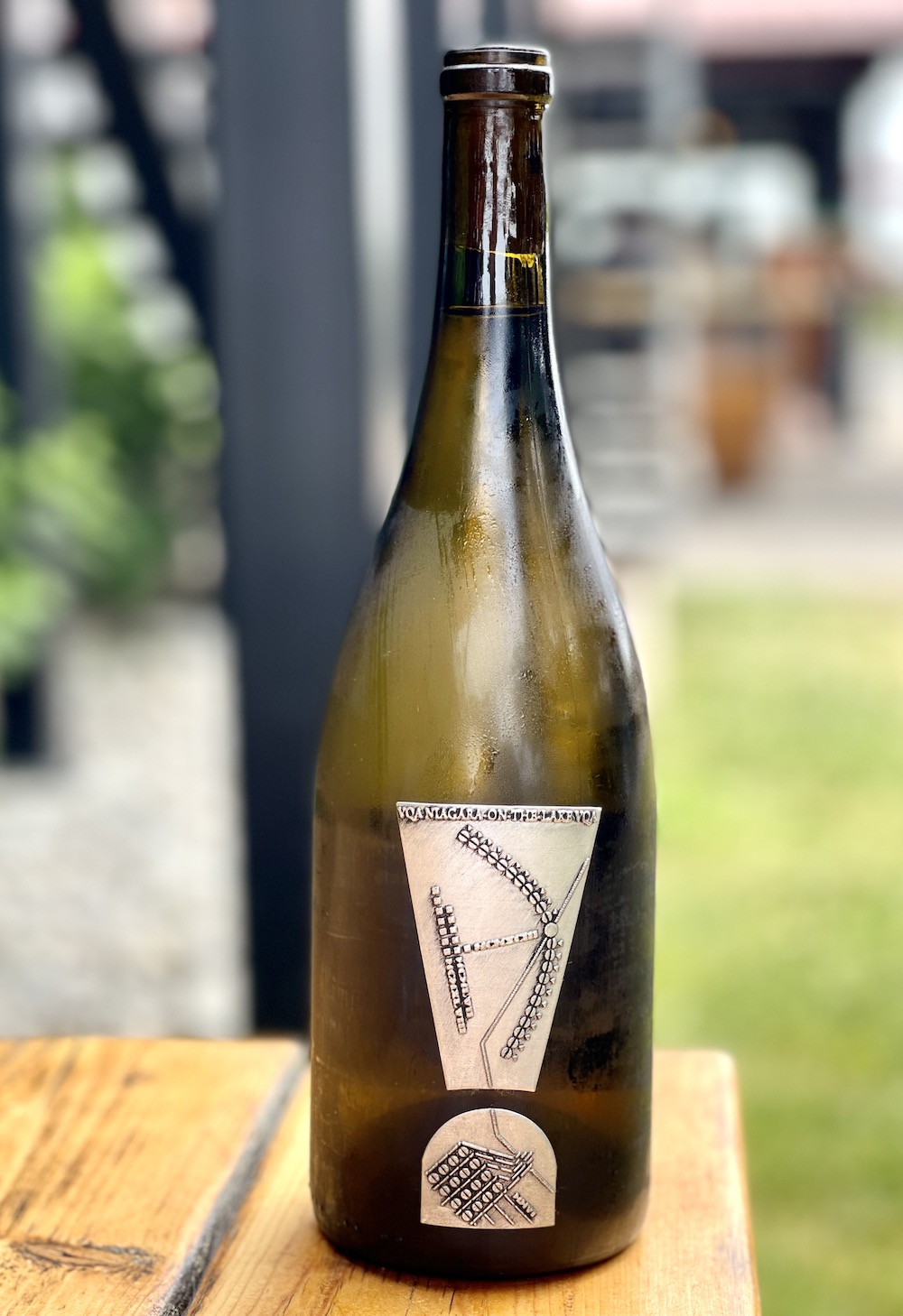
Pillitteri Exclamation Chardonnay Viognier 2020 ($50, 92 points) — This is a blend of 70% Chardonnay and 30% Viognier that’s aged in French oak for 12 months. It has an attractive nose of white flowers, ripe peaches, pears, apricots, and spice. It’s rich with a creamy texture that highlights apricots, stone fruits, gentle citrus, and juicy acidity through a lifted finish. A combination that really works nicely together here.
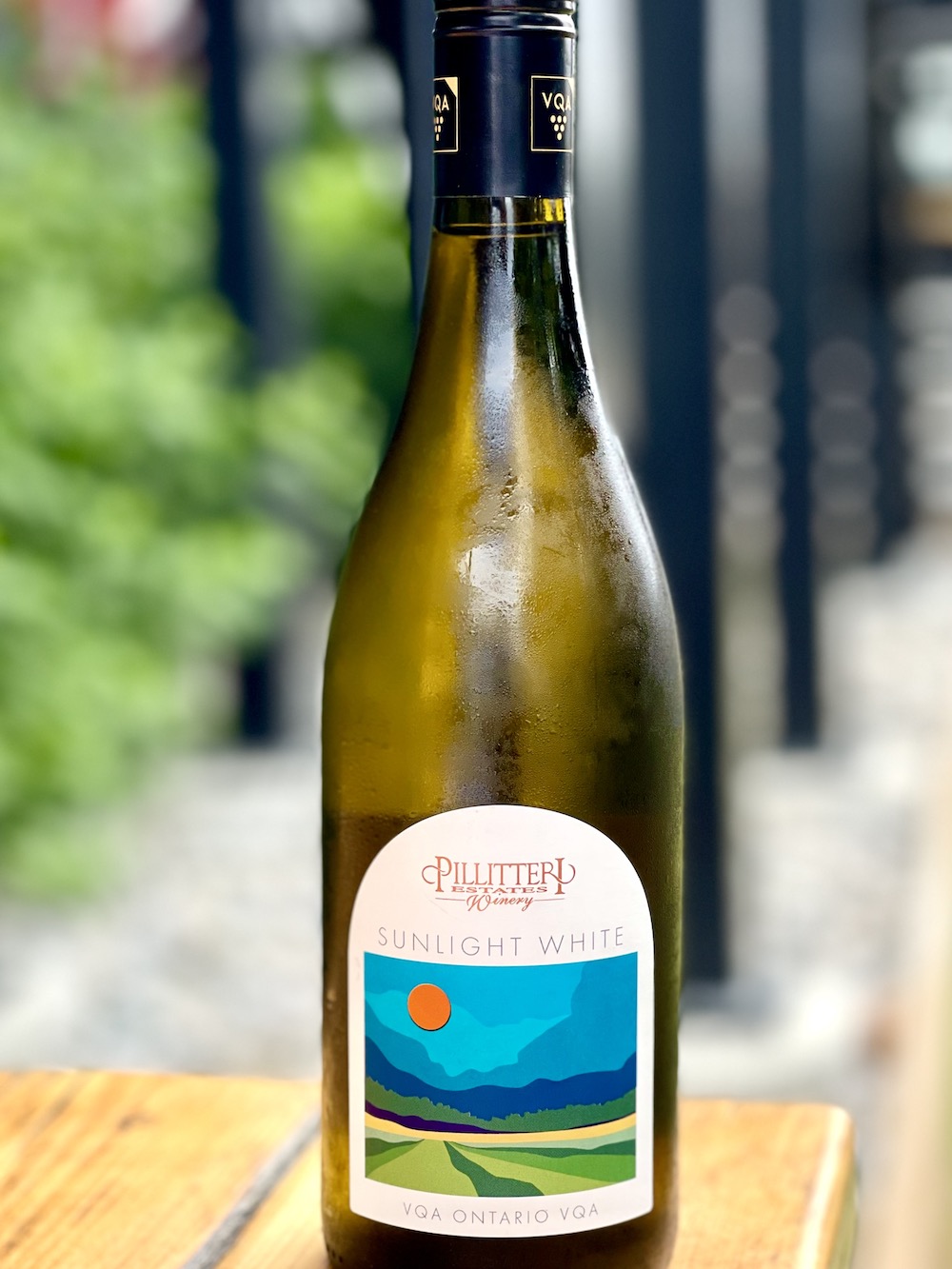
Pillitteri Sunlight White 2021 ($20, 88 points) — This is Pillitteri’s version of a low alcohol wine. It’s 100% Vidal that’s picked at the minimum brix with about a 5% icewine top up for sweetening. It’s finished at 9.5% alcohol and 90 calories per bottle. It’s a light wine with a full range of peaches, citrus, pears and apples on the nose. It ended up at 15 g/L but feels drier than that with a basket of orchard fruits, lemon-lime and a zippy finish.
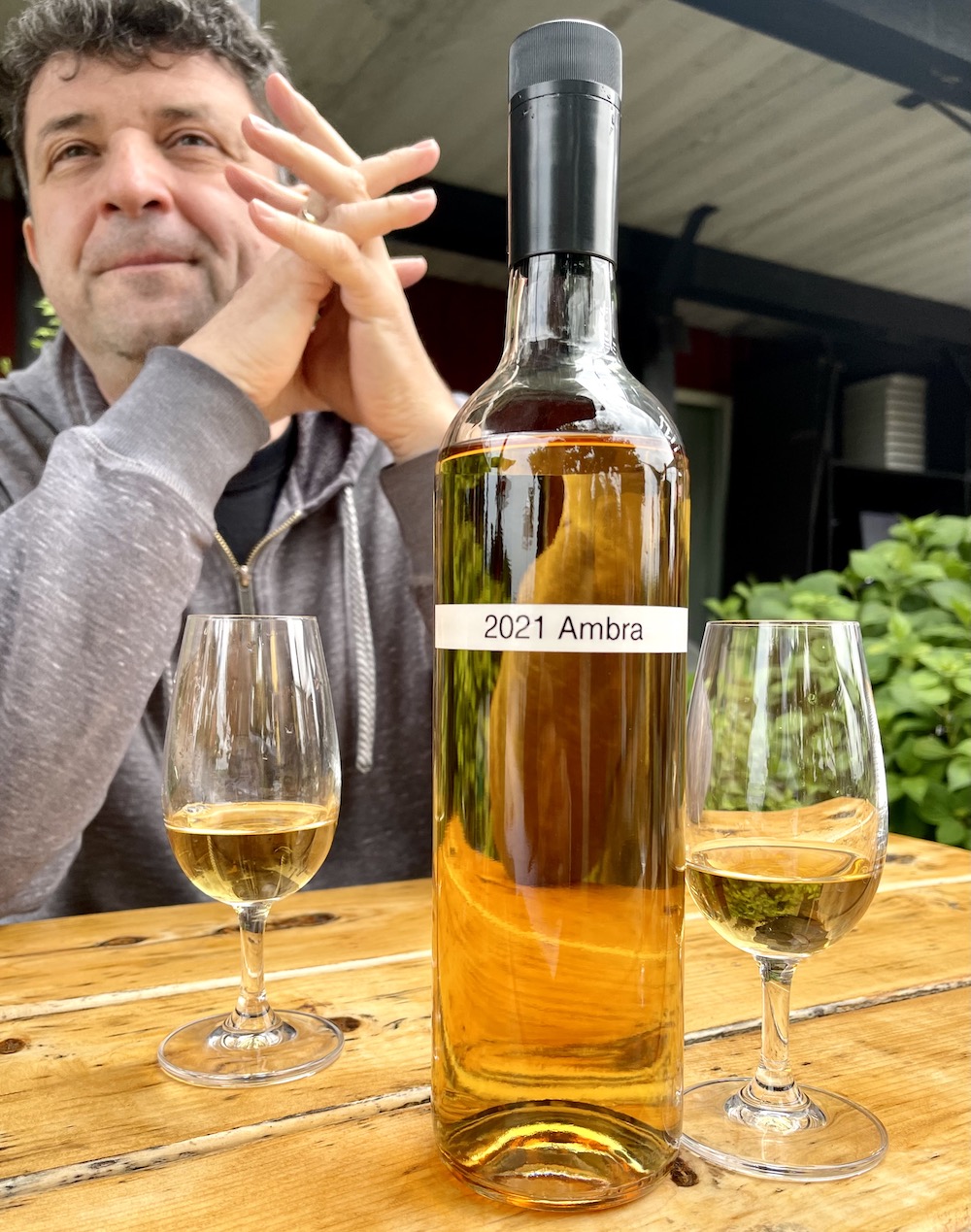
Pillitteri Ambra 2021 (sample only, $25) — This is Pillitteri’s first go at making a skin-fermented white wine. It’s a blend of Gewurztaminer and Viognier that spent four weeks on the skins, imparting a rich sunset colour in the glass. It is aged in a combination of oak and stainless steel. The nose shows lovely apricot tart, nectarine, peach pit and candied citrus notes. The spice is prevalent on the palate with marmalade, ripe apricots, grapefruit, and a tangy finish.
NOTE: We also tasted a lees-aged Viognier (as seen in the photo), but it was so new that its true nature was still developing.
Pillitteri Winemaker’s Selection 2022 ($90, 92 points) — This is an estate blend of 40% Cabernet Franc, and 30% each of Cabernet Sauvignon and Merlot. The Cabernets were aged in new oak while the Merlot was aged in stainless steel. It has lovely aromatics of brambly raspberries, black cherries, wild Muskoka blueberries, anise, herbs, and fine oak spice with toasted vanilla. It’s rich and ripe on the palate with a full basket of red and dark berries, mulled herbs, licorice/anise, ripe tannins, savoury/earthy notes and long, lifted finish. Can age 7+ years.
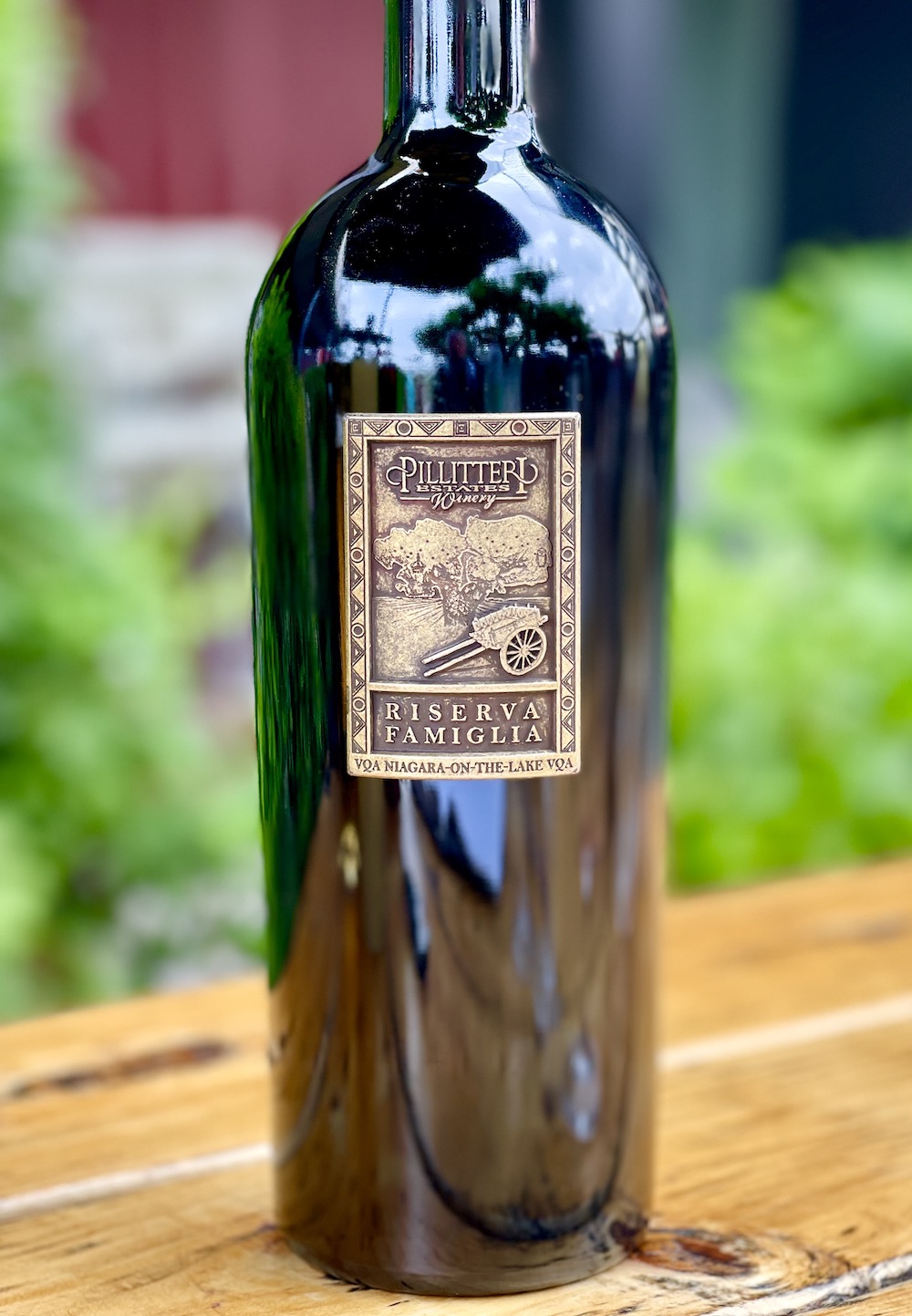
Pillitteri Riserva Famiglia Fruttaio 2015 ($100, 92 points) — The blend for this one-of-kind Canadian red is 50% Corvina, 35% Rondinella, 12% Merlot and 3% Molinara, all estate grown, and the grapes are rack-dried in a single layer for 30 days in “fruttaio” rooms. The wine spends 24 months in all new French oak barrels and also extended aging in bottle. This is the first commercial release of the Fruttaio, made from vines that had six years of growth at the estate, and Pillitteri makes no bones about it — it’s their take on traditional Amarone. When I first tasted this wine in December of 2019, it was an extremely young wine and quite tight on the palate and nose. Tasting it again with Kolundzic with four more years of bottle age, it has blossomed into a beautiful and impressive apppassimento wine with a unique nose of dense black cherries, kirsch, black figs, dried herbs, Cuban cigar leaf, earth, cinnamon, sweet vanilla, cedar spices, and a touch of eucalypt and cocoa. It’s big and bold on the palate, but the 16% abv is kept somewhat in check with a razor-sharp vein of acidity. It’s made in a dry style with firm tannins that soften as it opens up, and then a riot of flavours — cherry preserves, ripe plums, figs, cassis, raisins, smoke, leather, cocoa, cloves, toasted vanilla, earth, minty herbs and black peppercorns all kept together in a tight package that promises to develop further tertiary flavours. This is a wondrous wine on a silky-smooth frame, so unlike anything else being done in Ontario. A tip of the hat to the Pillitteri family for chasing their dream of producing a traditional Amarone style wines against all the odds.
NOTE: We also tasted the Pillitteri Riserva Famiglia Appassimento Merlot 2015 ($100, 94 points), which was deep, rich, and loaded with saturated dark and red berries, cigar box, toasted vanilla and fine oak spices. The entry on the palate is smooth with saturated red and dark berries, earthy/savoury notes, a touch of pepper, nutmeg, caramel, dark chocolate and a long, elegant finish with a vibrancy that suggests a long life ahead. This wine, too, is in a good place almost 10 years after the vintage and offers a rare chance to taste Niagara appassimento wines that have been appropriately aged (and can age further).
Oh, LCBO, you are so frustrating!
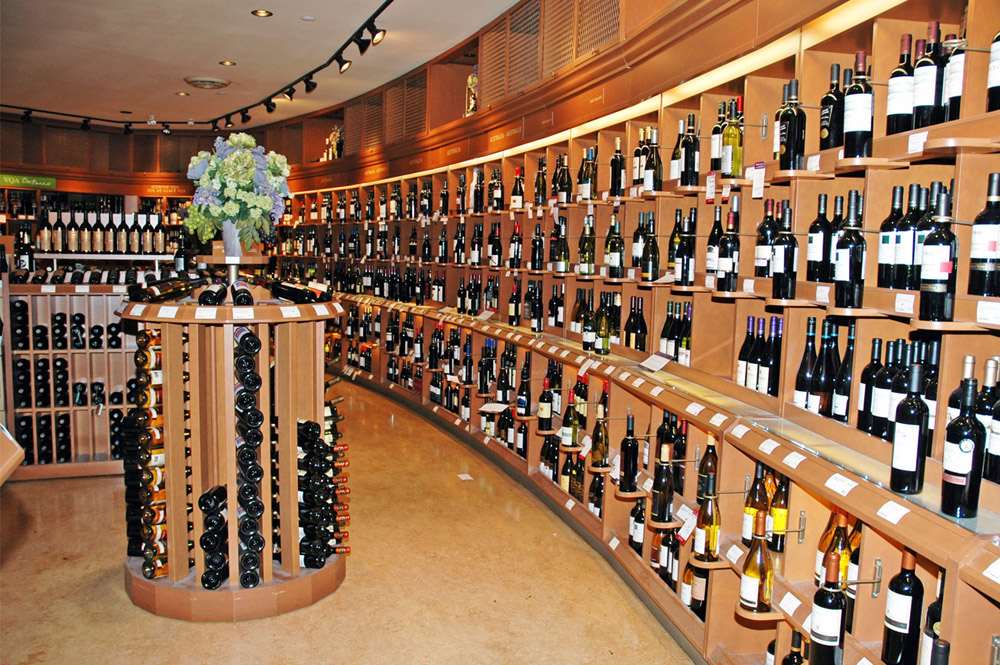
The email from the Liquor Control Board of Ontario I have seen far too often reads: “We’re sorry, but winesniagara (at) gmail.com can’t be found in the lcbo.sharepoint.com directory. Please try again later, while we try to automatically fix this for you.”
Nothing EVER EVER EVER (is someone really even trying) gets fixed and the information I seek once every two weeks — the list of wines being released by the government near-monopoly so I can pass on my recommendations on what Niagara VQA wines to purchase — is becoming a bigger headache than I ever thought possible. I can’t do my job without the list. I need the list and I assume others need it, too.
I need to make a phone call EVERY SINGLE TIME to get a “special code” that is supposed to be sent to my phone (it often takes three tries or more) while they delete my email and start anew EVERY SINGLE TIME. It’s beyond frustrating. These aren’t state secrets, it’s a list of wines that will be available and thus, in my humble opinion, should be available to wine media and, frankly, everyone. The LCBO should want us to have that list in good time so we can help sell their wines at absolutely zero cost to them!
You have issues, LCBO, but this shouldn’t be one of them.
You recently took a system that worked perfectly well — emailing the list every other week by your media team — and in your wisdom changed it to the current abomination, creating a nightmare for media who are only trying to help you flog local and other wines). And trust me, you need help. Somebody over there please fix this. If I had CEO George Soleas’ number I’d call him directly, but I don’t!
I caught a quick glance at last Saturday’s release (online and flagship stores only) and can report there was only one Niagara wine in the release. An orange wine that I can’t recommend. So, there’s really nothing to report, sadly, as only one Niagara wine even made it to the list. But I do have two spectacular Spanish Riojas for wine lovers to look forward to in the next release on June 24. I only know this because the agency sent me the release info and two bottles to potentially review. I guess this is the way forward. I’m certainly not going through the painful process of getting a secret code to find information that should be readily available, so if doesn’t get fixed, no more recommendations of local wines from me.
Here are my reviews of the Riojas (hint, hint) … they are both spectacular):
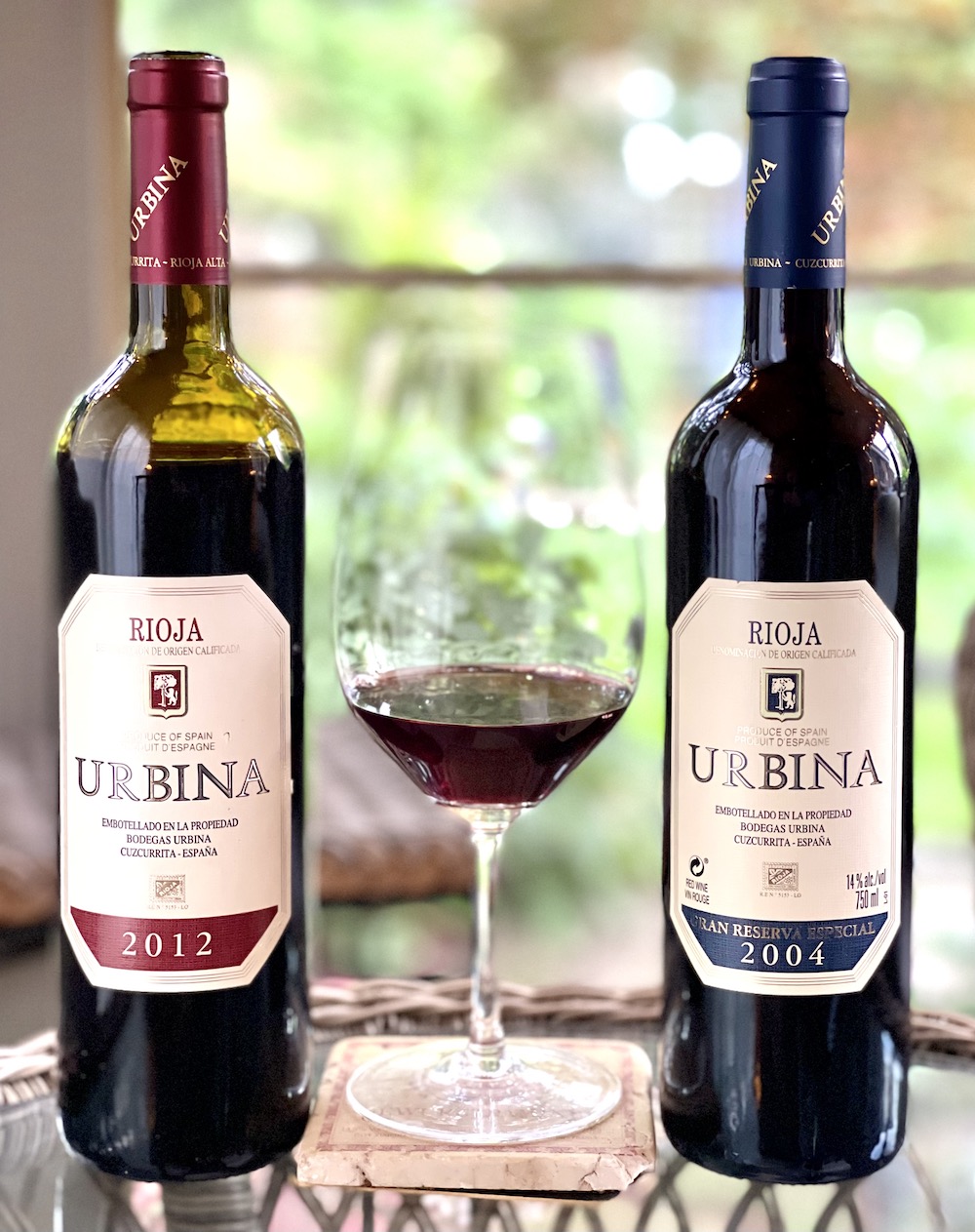
Urbina Crianza 2012 ($25, 92 points) — This 100% Tempranillo from Rioja in Spain represents great value for a well-aged red wine of this calibre. The nose begins with lifted floral and tobacco notes followed by forest berries, wild raspberries, spice box, and saddle leather. It’s perfectly integrated on the palate and will sing for a few years to come. The tannins are smooth, and the fruits of red berries, anise, red currants, and kirsch are layered with earthy/savoury notes, toasted vanilla, and lovely integrated spice notes on a long, lifted finish.
Urbina Gran Rerserva Especial 2004 ($56, 95 points) — It is just so rare to see an almost 20-yer-old red wine released, especially at this price. And what a beautiful Rioja it is! It has a concentrated, contemplative nose of concentrate dark berries, macerated cherries, plums, Cuban cigar tobacco, lifted floral and tar notes, and woodsy/spice accents. It’s graceful and elegant on the palate with plenty of life ahead as it evolves even more. The fruits show a melange of currants, plums, figs and ripe red berries, licorice, leather, and sweet balsamic notes with a range of nutmeg and fine oak spice notes. The finish is lifted and long and promises another decade of pleasure. A beauty of a wine.
A trio of 2020 wines from Henry of Pelham
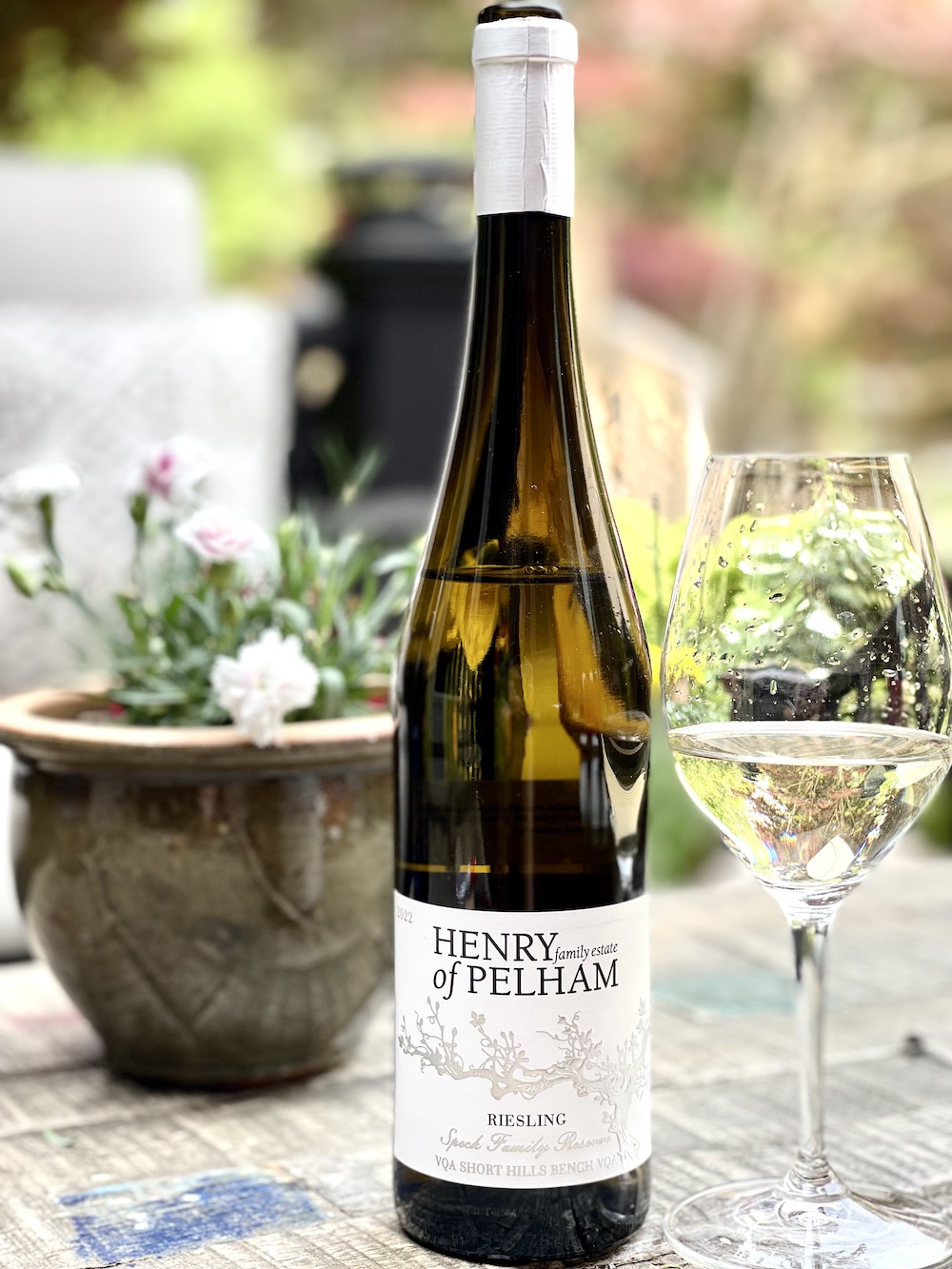
Henry of Pelham Speck Family Reserve Riesling 2022 ($30, winery only, 94 points) — A sensational Riesling at the top tier from the Short Hills Bench producer with a beautiful nose of gushing lime, Meyer lemon, fresh salinity, wet stones, peaches, and apricots. It feels dry on the palate, despite over 10 g/L of RS, and shows fresh squeezed lime, grapefruit, peaches, pears, chalky minerality, razor-sharp acidity and a bright, lifted finish. This can improve for 10+ years.
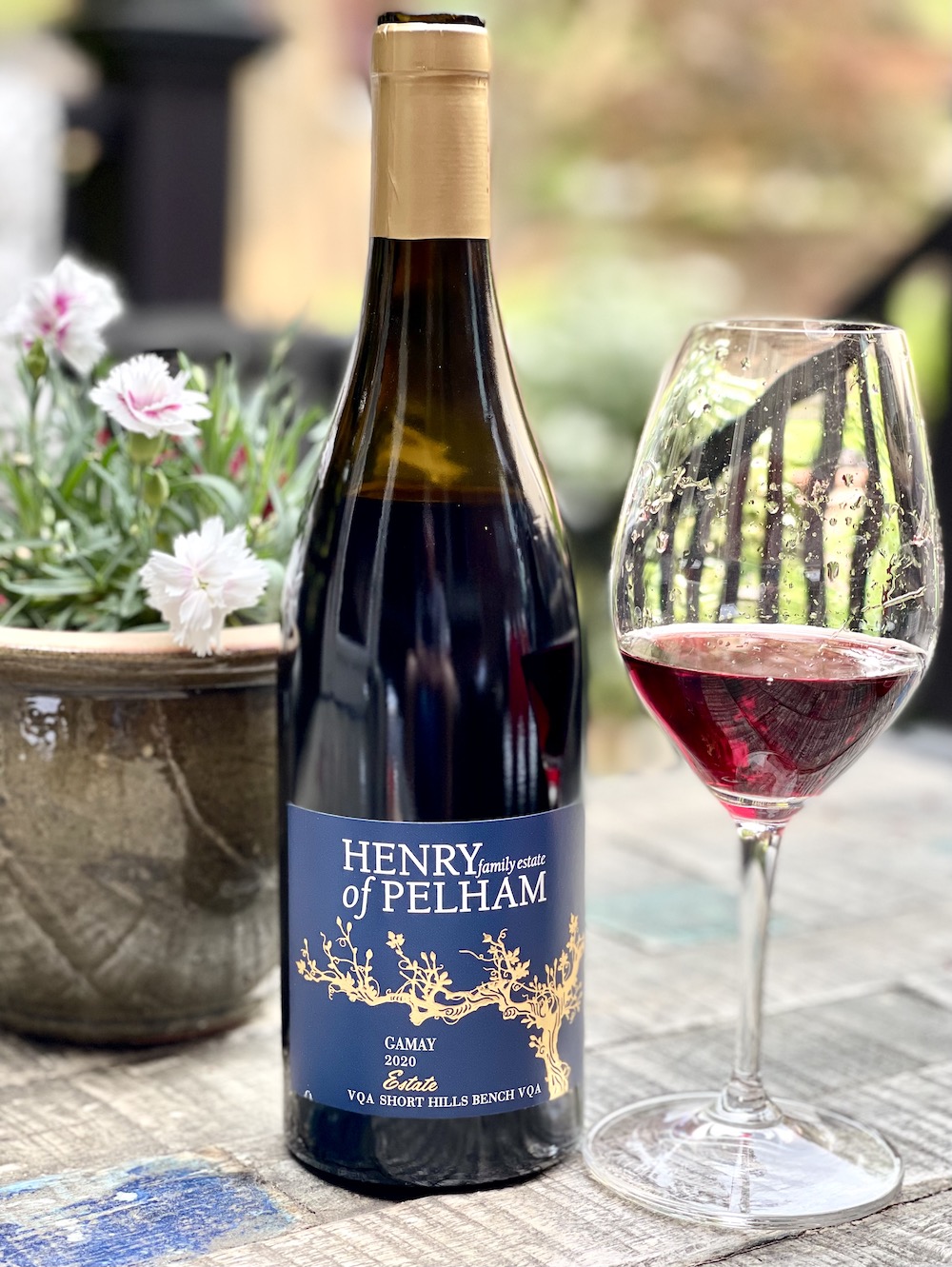
Henry of Pelham Smith & Smith Gamay 2020 ($22, Vintages in July, 89 points) — This Gamay has a rich and plummy nose with a basket of red berries, herbs, spice, and blueberry pie. It’s quite structured for a Gamay with light tannins, spice, red and dark berries, plums and a bright, lifted finish.
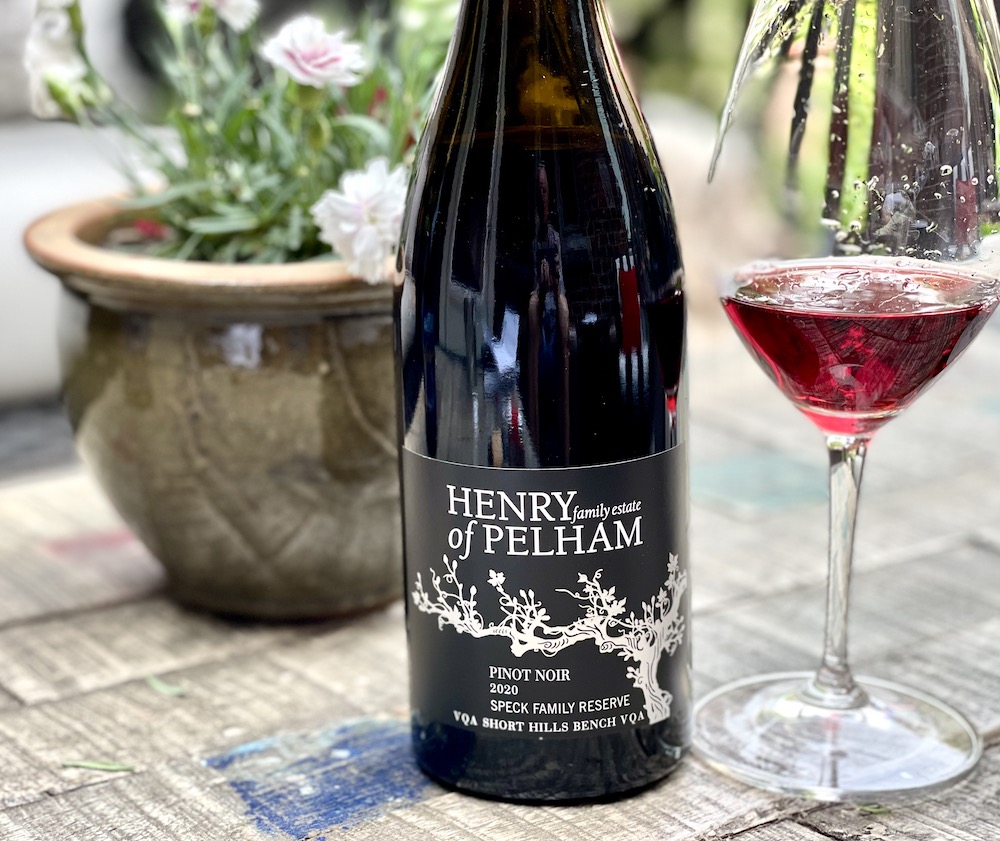
Henry of Pelham Speck Family Reserve Pinot Noir 2020 ($48, 93 points) — The Speck Family Reserve wines are the top expression of the estate’s specific vineyards’ terroir in the Short Hills Bench sub-appellation. It’s quite rich and expressive on the nose with savoury red berries, cranberries, anise, and fine oak spice notes. It’s juicy, structured, and bold on the palate with fine-grained tannins, an array of dark cherries, black raspberries, woodsy/spicy notes, anise, and lovely texture all leading to a long, lifted and finessed finish. Can cellar 7+ years.


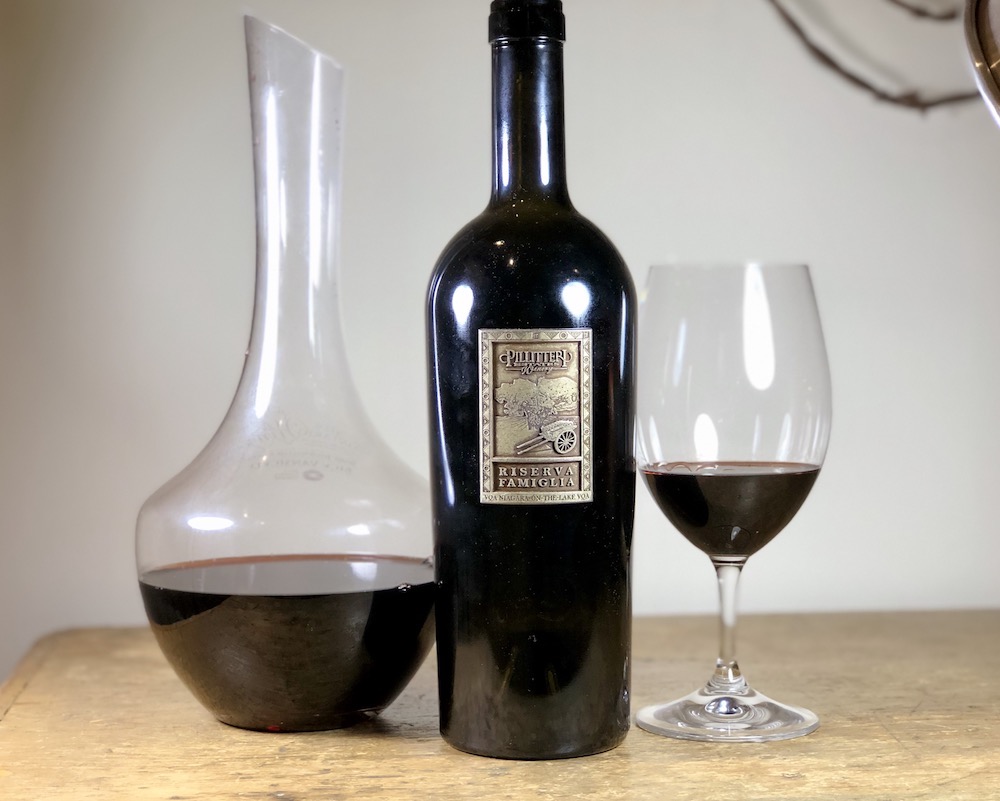




well Rick, it only took the LCBO three months to listen to our writer pleas, but now we can access both the PDF and the XLS files for the upcoming releases…I am relieved of the chore of figuring out each time how to get the data, but now it is easy. Of course, the LCBO is infamously known for making all the easy stuff eventually being difficult to find. It’s the nature of the beast….
Best regards…Dean
Dean, I was pleasantly surprised to get the email from the LCBO saying they had resolved the issue of their own making. Complaining enough sometimes works! Cheers, Rick